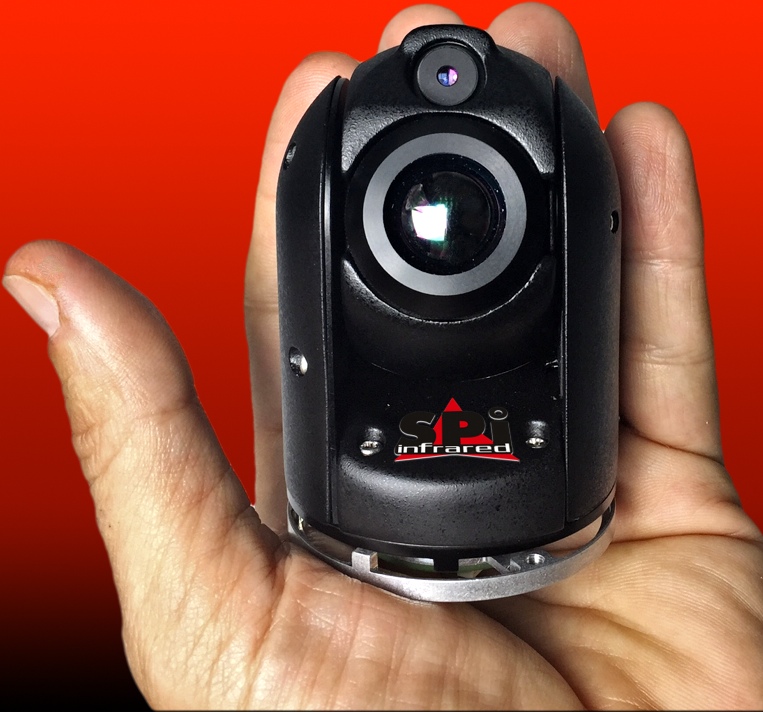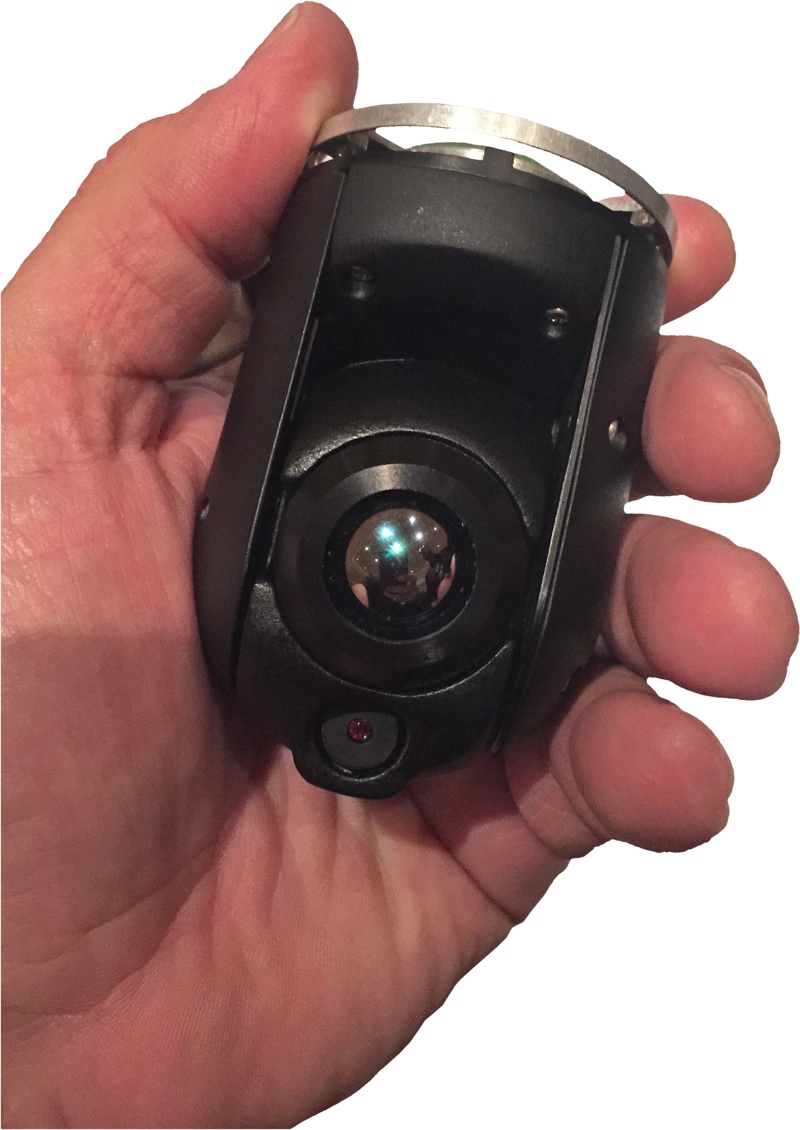Hard to believe that a 160 gram micro drone gimbal that is gyro stabilized with thermal and visual zoom cameras is possible, but for anyone that has been following the UAV Drone world you know that size is everything. The demand to shrink aircraft size and payload weight is very high. Companies like DJI have really pushed the envelope in creating micro drone systems that operate on a very professional level. Their lightbridge communication system is an industry standard for many other companies. As well things like PWM and Futaba SBUS are the RC worlds communication / control protocols. Open source products like Alexmos handles most of the consumer and some pro level DIY payload stabilization platforms. But with all this great technology there is no escaping one simple fact. The smaller the craft and lighter the payload the longer and farther it can fly. Most stabilized drone gimbal camera setups now fall into two main categories.
- Commercial DIY setups – These are the brushless motor kits you see all over the internet. They are typically of a universal type design and use carbon fiber shafts and mounting plates cobbled together with reworked RC brushless motors and driven by open source software and micro controllers.
- Professional Gimbal Stabilized Systems – These are the traditional turret balls that you see on news helicopters and law enforcement or military aircraft. These are extremely capable systems capable of super long range zoom and rock steady production grade imaging.
The DIY hobby kits are a breakthrough in stabilization bringing basic gimbal capability to a wide range of low budget applications. However, there are serious drawbacks. The DIY kits require a lot of tinkering and balancing to get them to operate correctly which is fine for hobbyists but not professional applications. They are also open frame making them large and cumbersome for streamlined applications.
The Professional gimbals are the absolute finest in imaging quality. However, they too have serious limitations. To start with is cost. The most basic and compact professional gimbals on the market today start at around $50,000. The high end gimbals used by news and military can easily cost $250,000 to $1,000,000. The other drawback is size. The smallest pro gimbals today are still typically an 8″ or maybe 6″ ball size. This makes a large payload that also weighs several pounds at the lightest. Great for a manned aircraft or a predator drone but totally out of the ballpark for the micro UAV drone systems.
This new micro drone gimbal is a real breakthrough for the small drone UAV community. It kind of combines the best of all worlds into a really small package. I mean unbelievably small. Its called the M2 micro gimbal. The system fits easily in the palm of your hand and has a high resolution thermal imager and a visual light camera with real optical zoom. But, the craziest thing about it is that it only weighs 160 grams! Thats a full gimbal with all the sensors and gyro stabilization.
So if you are flying a DJI phantom / Light bridge based systems or using Futaba SBUS Alexmos controller or a PWM based setup the M2 micro gimbal is supposed to integrate with it seamlessly. At 160 grams it seems like something we have to take a closer look at.


